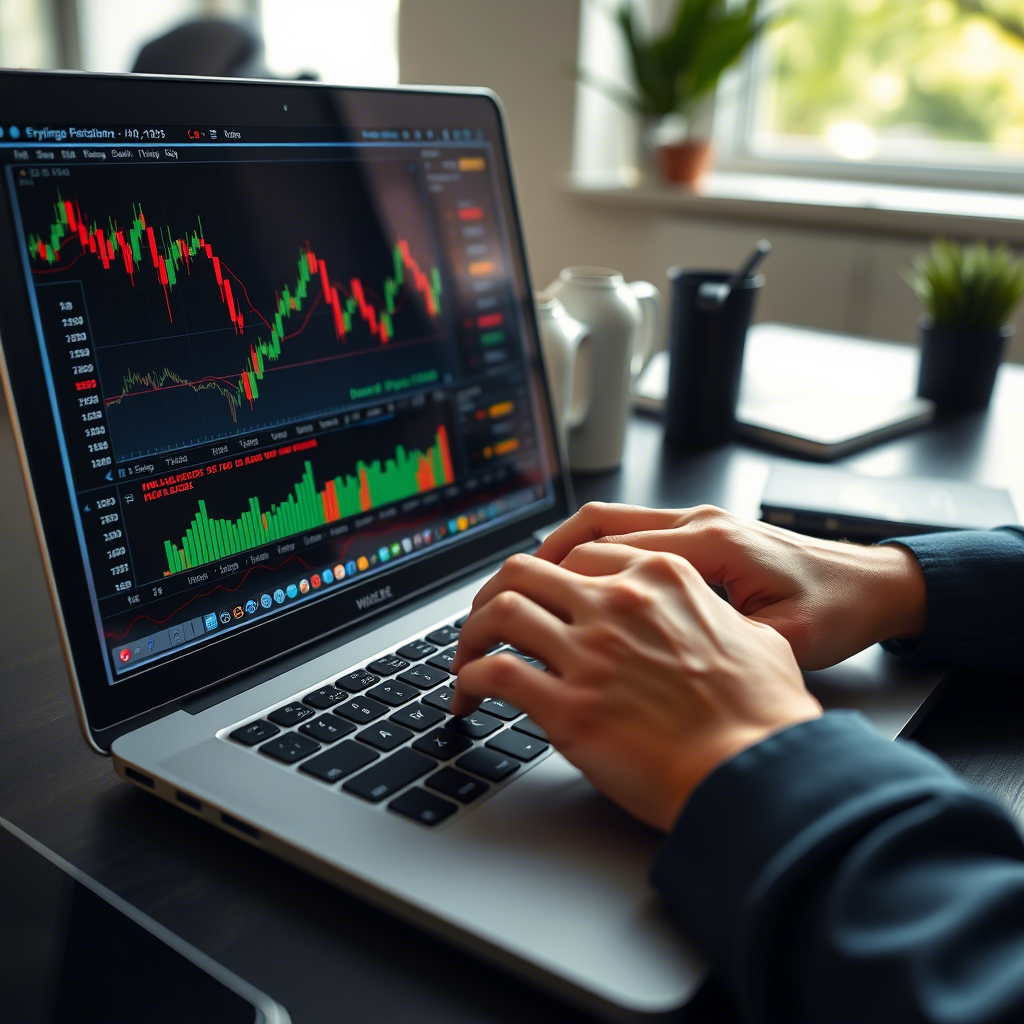Fundamental Analysis in Currency Trading: A Beginner’s Guide to Success

Fundamental Analysis
Introduction to Fundamental Analysis
Fundamental analysis in currency trading involves evaluating economic, political, and social factors to predict currency price movements. Unlike technical analysis, which focuses on charts and patterns, fundamental analysis examines the underlying forces driving the forex market, the world’s largest financial market with trillions in daily trading volume. This guide equips beginners with the knowledge to use fundamental analysis effectively, covering key concepts, tools, and strategies to succeed in currency trading.
Why Fundamental Analysis Matters
The forex market is influenced by macroeconomic events, such as interest rate changes or geopolitical developments. Fundamental analysis helps traders understand these drivers, enabling informed decisions about when to buy or sell currency pairs. For beginners, mastering fundamentals provides a solid foundation for long-term trading success, complementing technical strategies.
Key Concepts in Fundamental Analysis
- Currency Pairs: Traded in pairs (e.g., EUR/USD), where the base currency’s value is measured against the quote currency.
- Pip: The smallest price movement, typically the fourth decimal place (e.g., 1.3050 to 1.3051 is one pip).
- Economic Indicators: Data releases like GDP, inflation, or employment figures that impact currency strength.
- Interest Rates: Set by central banks, higher rates typically strengthen a currency, while lower rates weaken it.
- Monetary Policy: Central bank actions, like quantitative easing or tightening, influence currency supply and value.
- Geopolitical Events: Political stability, elections, or conflicts can cause significant market volatility.
Core Economic Indicators
- Gross Domestic Product (GDP): Measures a country’s economic growth. Strong GDP growth often strengthens a currency.
- Consumer Price Index (CPI): Tracks inflation. Rising CPI may prompt central banks to raise interest rates, boosting the currency.
- Unemployment Rate: Lower unemployment signals a strong economy, supporting currency appreciation.
- Retail Sales: Reflects consumer spending. Higher sales indicate economic strength, supporting the currency.
- Trade Balance: The difference between exports and imports. A surplus strengthens a currency; a deficit weakens it.
- Central Bank Decisions: Interest rate changes or policy statements (e.g., Federal Reserve, ECB) drive market movements.
Tools for Fundamental Analysis
- Economic Calendar: Tracks upcoming data releases and events (e.g., non-farm payrolls, central bank meetings).
- Central Bank Statements: Monitor announcements from banks like the Federal Reserve, ECB, or Bank of Japan for policy insights.
- News Sources: Follow reputable financial news for real-time updates on global events.
- Government Reports: Access data like GDP or CPI from official sources to assess economic health.
Fundamental Analysis Strategies for Beginners
- Interest Rate Differential Trading: Focus on pairs with significant interest rate gaps (e.g., AUD/USD if Australia’s rates are higher). Hold positions to earn interest and potential price gains.
- News Trading: Trade during major economic releases, like CPI or central bank announcements, anticipating volatility.
- Long-Term Trend Trading: Identify currency strength based on economic growth or policy tightening, holding positions for weeks or months.
- Event-Driven Trading: Capitalize on geopolitical events, like elections, that impact currency stability.
Steps to Apply Fundamental Analysis
- Learn Economic Basics: Study how indicators like GDP, inflation, and interest rates affect currencies.
- Choose a Broker: Select a regulated broker with access to economic calendars and news feeds (e.g., MetaTrader 4/5).
- Monitor an Economic Calendar: Track key releases, such as U.S. non-farm payrolls or ECB rate decisions, to plan trades.
- Analyze Data:
- Compare economic performance between countries in a pair (e.g., U.S. vs. Eurozone for EUR/USD).
- Assess central bank policies for clues on future rate changes.
- Develop a Trading Plan:
- Define entry/exit rules based on economic events (e.g., buy USD/JPY if U.S. rates rise).
- Set risk-reward ratios (e.g., 1:2, risking $100 to gain $200).
- Practice with a Demo Account: Test strategies during economic releases to understand market reactions.
- Start Small: Trade micro lots (1,000 units) in a live account to apply fundamental analysis with minimal risk.
Risk Management in Fundamental Trading
Fundamental analysis informs trade direction, but risk management ensures survival:
- Risk 1-2% Per Trade: Limit losses to 1-2% of your account to withstand volatility.
- Use Stop-Loss Orders: Place stops to protect against unexpected market reactions to news.
- Avoid High-Impact Events: Skip trading during unpredictable events (e.g., geopolitical crises) unless experienced.
- Moderate Leverage: Use low leverage (e.g., 5:1) to reduce losses during volatile periods.
- Diversify Pairs: Trade multiple pairs to avoid overexposure to one economy.
Tips for Beginners
- Start with Major Pairs: Focus on pairs like EUR/USD or USD/JPY, which are heavily influenced by clear economic data.
- Follow Central Banks: Track statements from the Federal Reserve, ECB, or Bank of Japan for policy signals.
- Use an Economic Calendar: Plan trades around high-impact releases to avoid surprises.
- Keep a Journal: Log trades, noting the economic event, outcome, and lessons learned.
- Combine with Technical Analysis: Use fundamentals to identify direction and technicals for precise entry/exit points.
- Stay Patient: Fundamental trends develop slowly; avoid rushing into trades without clear signals.
Common Pitfalls to Avoid
- Overreacting to News: Not all data releases warrant trades; focus on high-impact events.
- Ignoring Volatility: Economic releases can cause sharp price swings; use stop-losses to manage risk.
- Neglecting Risk Management: Relying solely on fundamentals without stops can lead to large losses.
- Chasing Events: Entering trades late after a news release often results in poor pricing.
- Lack of Focus: Monitor a few key indicators rather than overwhelming yourself with all data.
Psychological Discipline
Fundamental trading requires patience and emotional control. News-driven volatility can trigger impulsive decisions, like entering trades without confirmation or holding losses too long. Stick to your plan, avoid trading during emotional highs or lows, and take breaks to maintain clarity. A disciplined mindset enhances your ability to interpret economic data effectively.
Building Long-Term Success
Mastering fundamental analysis takes time but provides a robust framework for currency trading. Focus on understanding a few key indicators, like interest rates and GDP, and gradually incorporate more data. Combine fundamentals with technical analysis for better trade timing. Consistent learning and disciplined execution can lead to sustainable profits and wealth-building in forex.
Practical Steps to Begin
- Study Fundamentals: Learn how economic indicators and central bank policies impact currencies.
- Set Up a Platform: Use MetaTrader 4/5 or similar platforms with built-in economic calendars.
- Track Key Events: Monitor 2-3 high-impact indicators (e.g., CPI, interest rates) for major pairs.
- Practice in a Demo Account: Simulate trades during economic releases for 3-6 months.
- Start Small: Use a live account with $100-$500 and micro lots to test fundamental strategies.
- Review Monthly: Analyze trades to assess how economic data influenced outcomes.
Conclusion
Fundamental analysis empowers beginners to trade currencies with insight into the economic forces driving the forex market. By focusing on key indicators, central bank policies, and disciplined strategies, you can make informed trading decisions. Start with major pairs, practice in a demo account, and prioritize risk management to build confidence. With patience, continuous learning, and emotional discipline, fundamental analysis can pave the way to successful currency trading and long-term wealth creation.





Salam